

CarExpert.com.au
The CarExpert team's favourite cars of 2025
18 Hours Ago
A new-generation Isuzu MU-X is around the corner, but the outgoing model still holds appeal for those after a no-nonsense family 4x4 or long-distance caravan-hauler. It's a solid cut-price Prado, in other words.

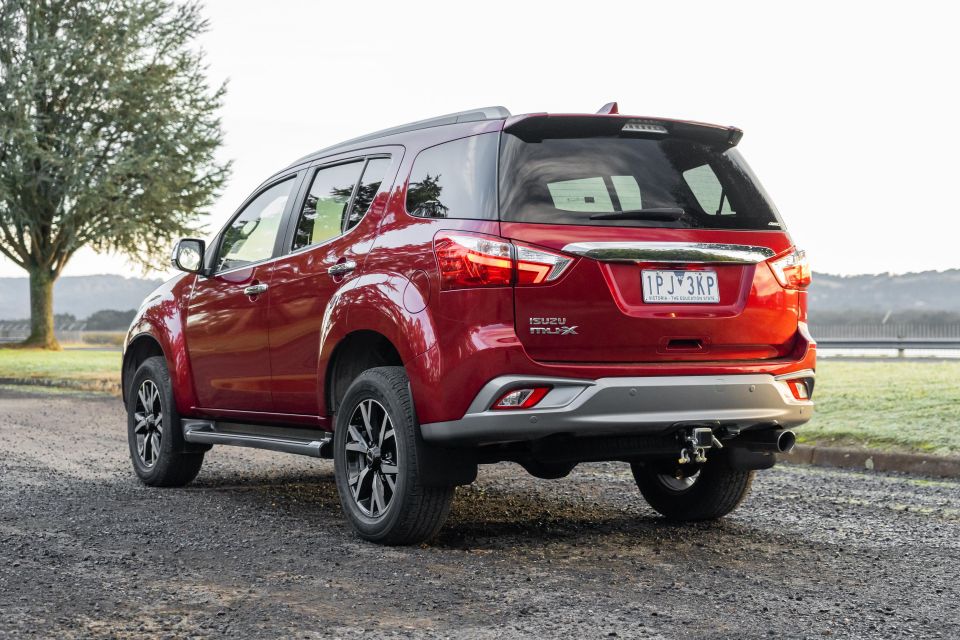

Senior Contributor
New from
$47,900
excl. on-roads

Senior Contributor
New from
$47,900
excl. on-roads


Senior Contributor
New from
$47,900
excl. on-roads

Senior Contributor
New from
$47,900
excl. on-roads
Quickly see how this car stacks up against its competition. Select any benchmark to see more details.
Where expert car reviews meet expert car buying – CarExpert gives you trusted advice, personalised service and real savings on your next new car.
Part of me admires Isuzu Ute’s approach to the MU-X, the wagon derivative of its D-Max ute staple. And the fact it remains a big-seller deep into its life cycle suggests many buyers agree.
Even in its ‘luxurious’ LS-T guise with leather seats, it’s still pretty bereft of bells and whistles. But if you want a rugged high-riding wagon (I won’t call this an SUV) that’ll tow the family boat, float or caravan for years without complaint, then it promises to come into its own.


Its maker is on the cusp of launching a brand new D-Max that offers the very latest infotainment and active safety tech alongside the familiar diesel donk, meaning a brand new and more sophisticated MU-X is presumably coming relatively soon as well.
Which means the outgoing version seen here promises to become even more of a bargain than it already was, compared to a Toyota Prado or Ford Everest.
The flagship LS-T is being advertised on Isuzu’s site for $54,990 drive-away, though it technically carries an irrelevant list price of $57,400 before on-road costs. The less-well-equipped LS-U costs $50,990 drive-away.
At the time of writing, Toyota was offering a mid-range Prado GXL for $65,990 drive-away, Ford was selling a mid-range Everest Trend for $60,990 drive-away, and Mitsubishi was selling the mid-range Pajero Sport GLS for $52,490 or older Pajero GLS for $55,990 drive-away.
So it’s quite clear that the MU-X represents good value next to some major off-road-ready competitors.
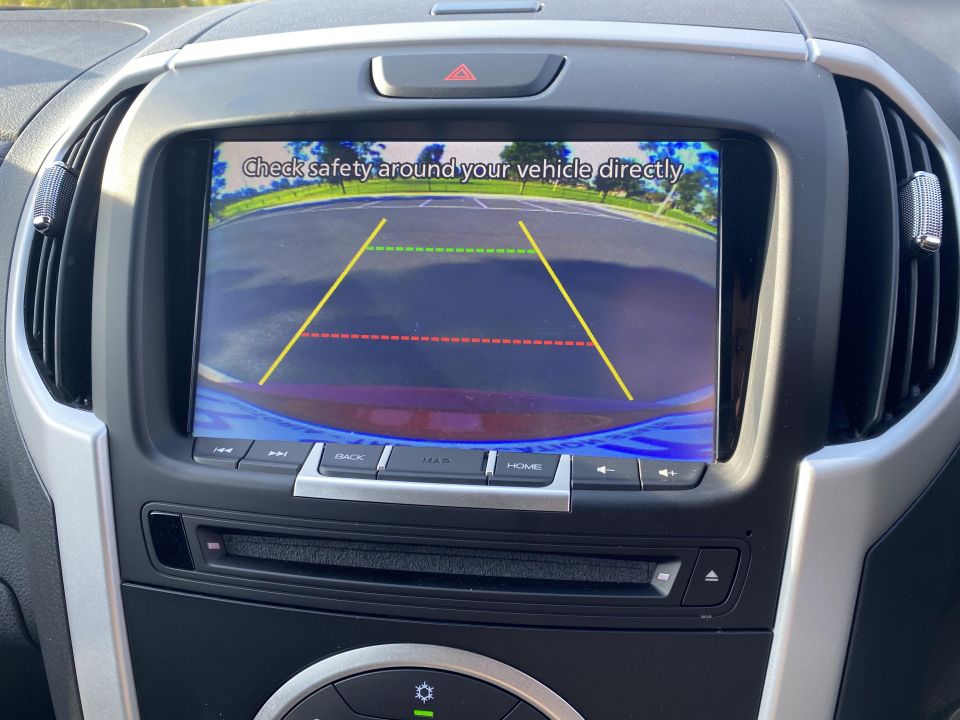
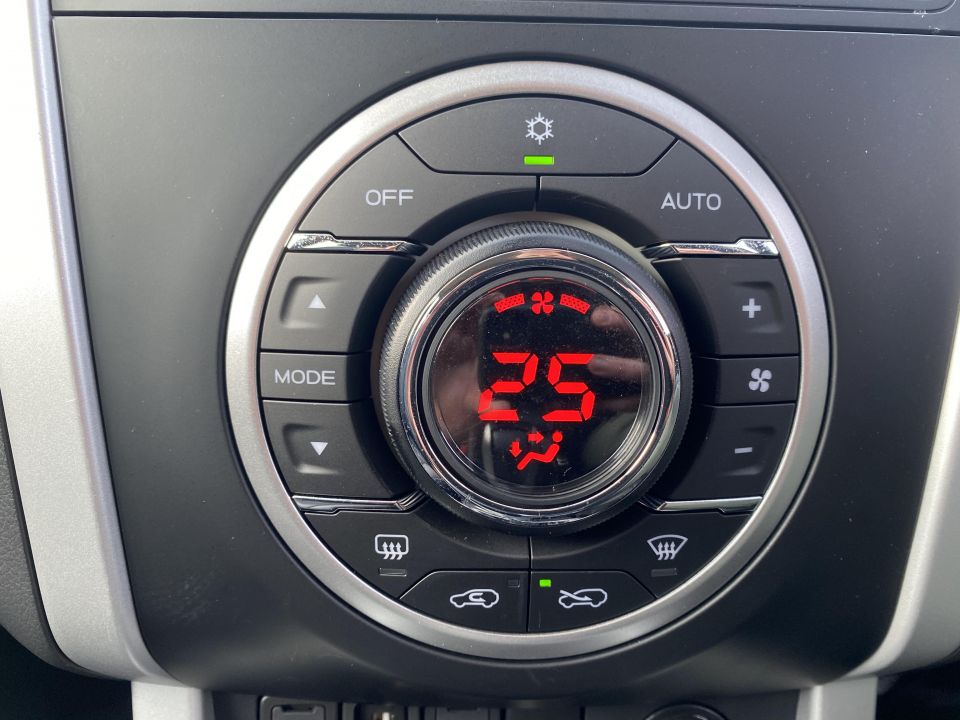
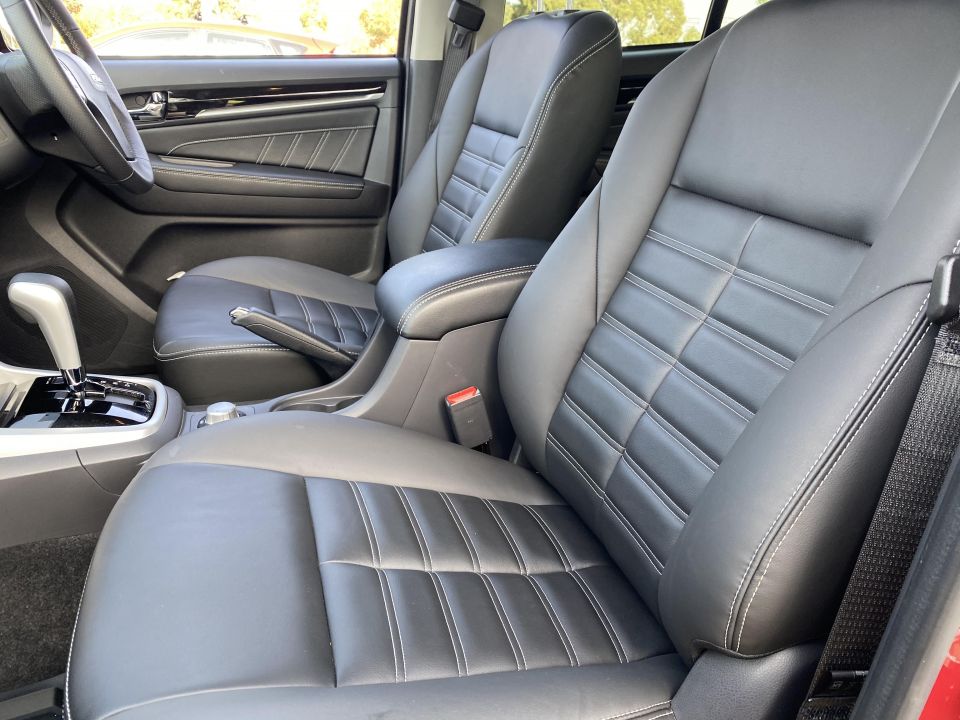

Buy your new car without the stress. It's fast, simple and completely free.

Great service from Travis and team, second time I have used this business would not hesitate to recommend them to anyone
Craig C.
Purchased a Ford Ranger in Sunshine Coast, QLD
CarExpert helped Craig save thousands on his Ford Ranger, now let us save you on your next new car.
Find a dealOn the outside you get 18-inch wheels shod with Bridgestone Dueler H/T tyres, aluminium side steps, Bi-LED projector headlights with auto-levelling, LED daytime running lights, privacy glass, 60kg-capacity roof rails, and a proximity key system that lets you unlock the car with the key fob still in your pocket.
Inside you get part-leather seats with electric adjustment for the driver, climate control air-conditioning with cooling vents for rear occupants, cruise control, an eight-speaker sound system that includes roof speakers, an 8.0-inch touchscreen with sat-nav, reversing camera, Bluetooth, and USB, and a 10.0-inch screen that plays DVDs for rear occupants – if you still have any DVDs, that is…
Some obvious features are missing for a top-spec model: heated seats, automatic headlights, Apple CarPlay and Android Auto, digital radio, and a digital speedo come to mind.
The MU-X carries a five-star ANCAP safety rating, though this was awarded against less-strenuous 2013 criteria based on tests conducted on the related D-Max ute.
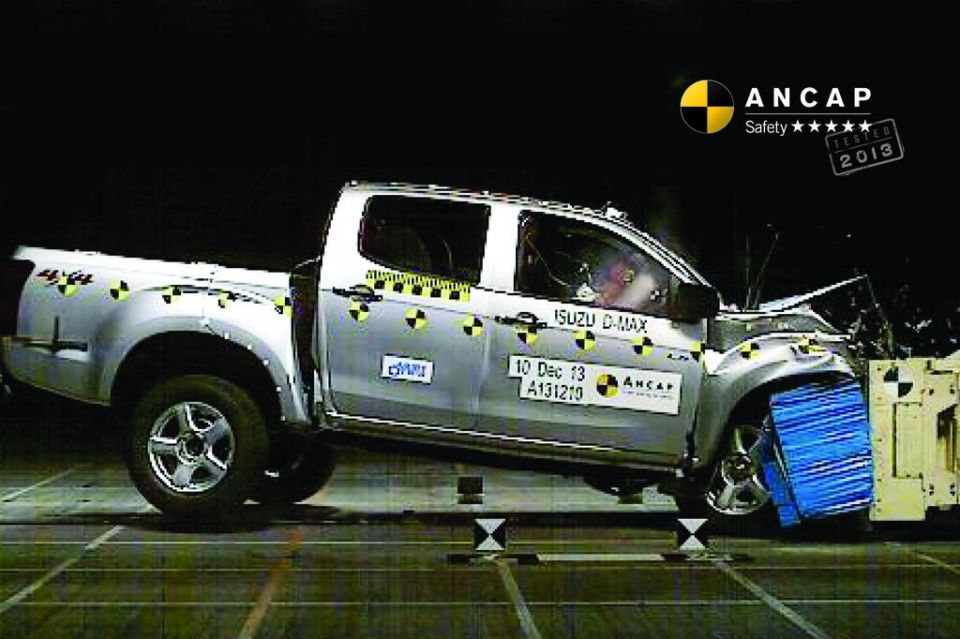
It comes with six airbags including side curtains for rear occupants, parking sensors at both ends, and stability control with a trailer-sway assist function built in.
There are none of the latest active safety features such as autonomous emergency braking, lane-departure alert, or active cruise control. However, our car was fitted with the $1375 blind-spot monitoring system with lights mounted in the A-pillars.
This lack of the latest features explains the Isuzu’s low rating in the safety section in this review. Our criteria balances both.
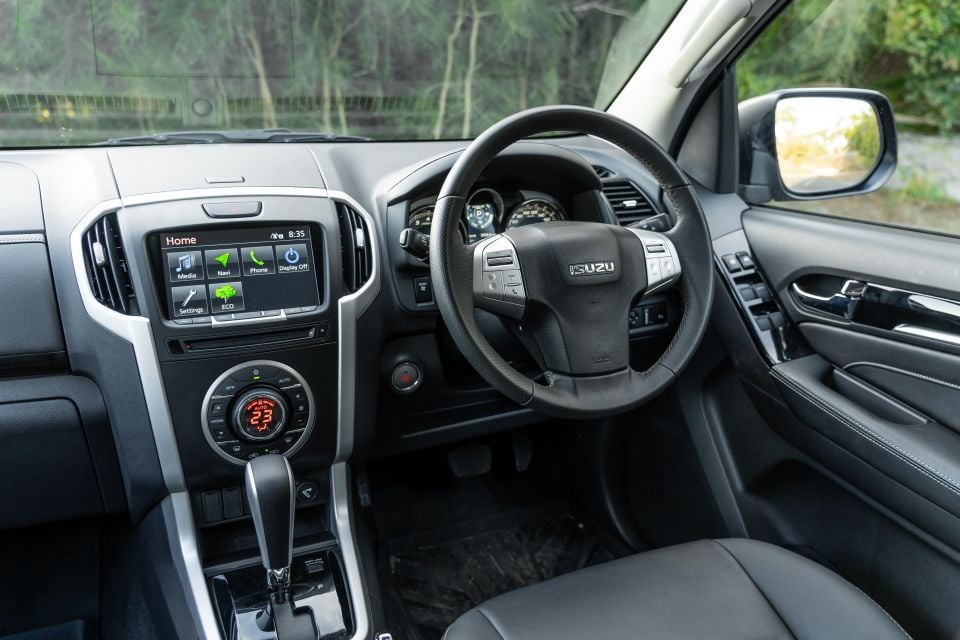
Isuzu has done what it can to add a sheen of luxury to the MU-X’s ute interior.
The ribbed leather seats look the part and are both comfortable and hard-wearing, as well as soft and stitched surfaces where your elbows tend to sit. There are also thoughtful handles on each A-pillar to help you climb up.
The rest of the materials used are very commercial vehicle-like, hard to the touch but easy to clean. There were no squeaks or rattles.
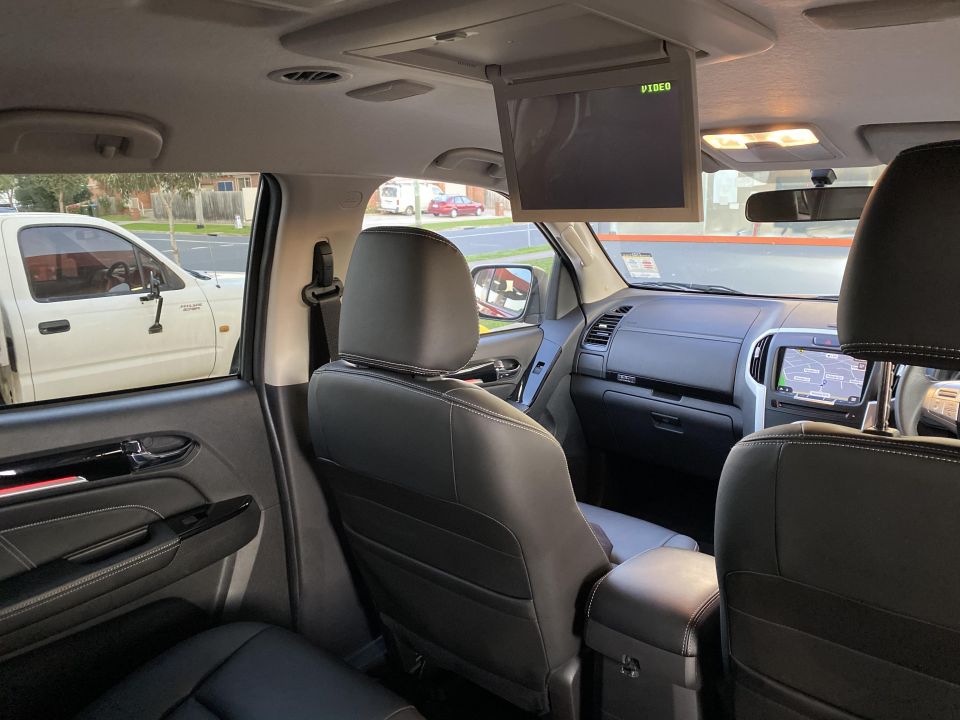
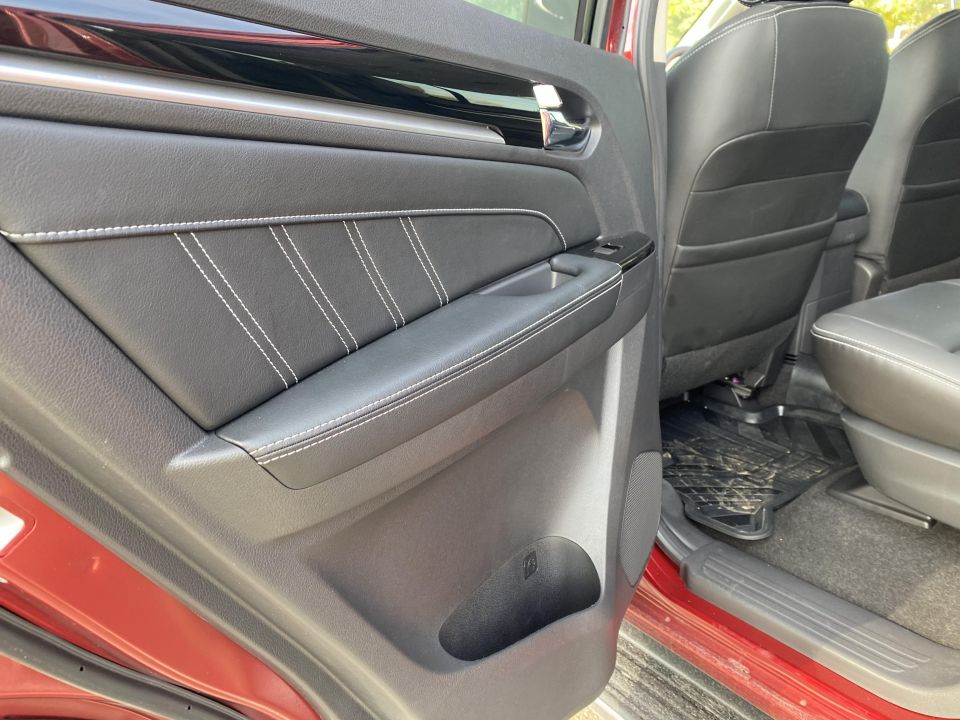
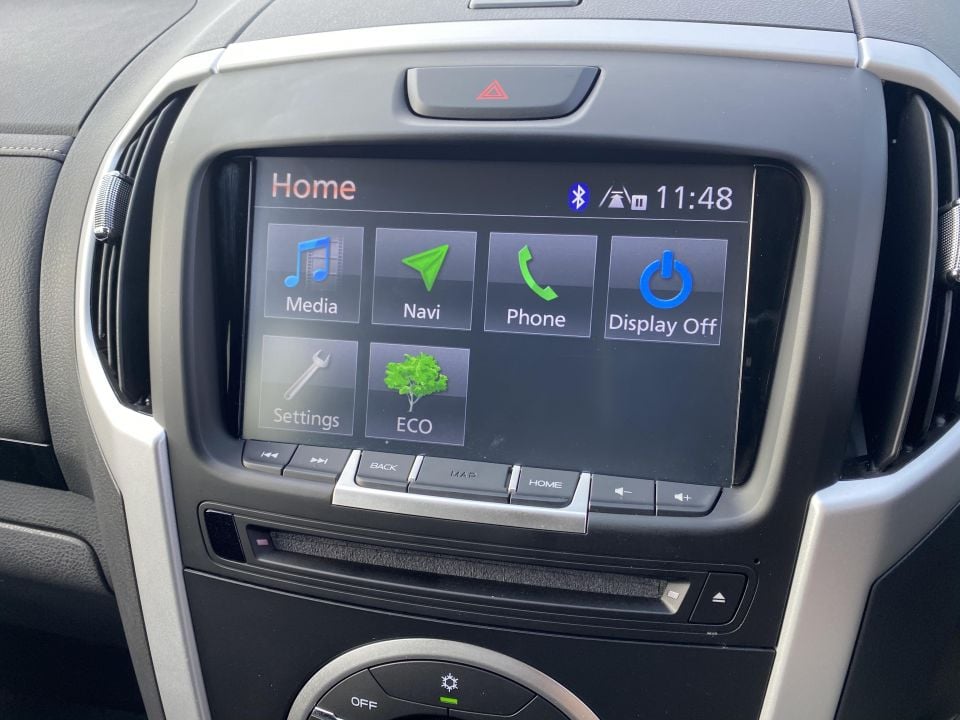
There are plenty of storage options: a lidded tub atop the dash, two closing gloveboxes, door bins, a decent centre console, high-mounted cup holders under each vent, and a sunglasses bin in the roof.
The main ergonomic quibble is the lack of reach adjustment for the steering wheel. It only rakes up and down.
The infotainment screen offers a decent satellite navigation system and a clear reversing camera with guidelines, also facilitating Bluetooth streaming plus USB/AUX/HDMI inputs, though no DAB+. The speaker quality is also acceptable.
However it’s as modern as a paddle-steamer, with cartoonish fonts and limited functionality beneath the surface, and no Apple CarPlay or Android Auto. The lack of obvious brightness adjustments also annoyed me, since in bright sunlight the screen is hard to see.
Matching this, the analogue instruments have pretty naff patterns behind them and there’s no digital speedo, which should be essential these days.
So, it’s a tough and no-frills family bus. What about the practicality in the second and third rows?
The middle seats recline backwards by a few degrees, and have adjustable headrests and a pull-down centre armrest with cup holders.
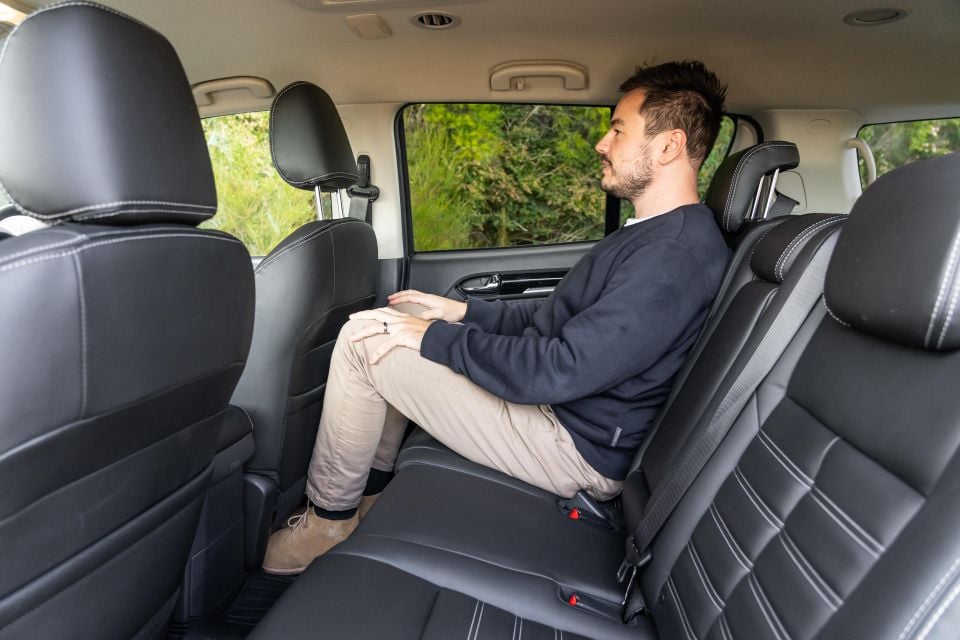
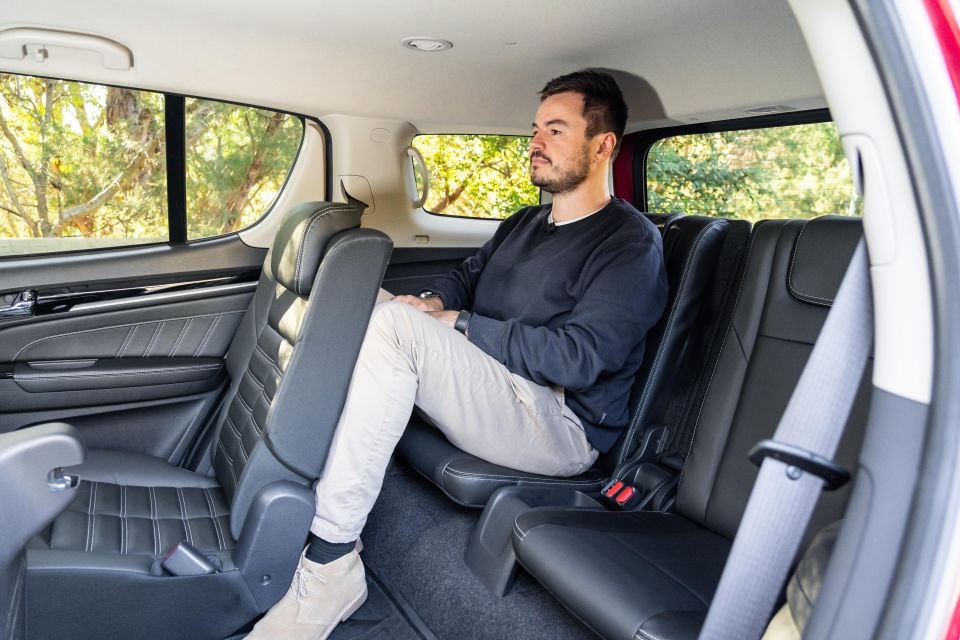
There are folding overhead handles, roof air vents and separate fan speed adjustment, and a single USB port. There is also a 10.0-inch fold-down screen that plays DVDs: a bit like an old Qantas 737.
There are three top-tether anchors mounted in the seat-backs, and two ISOFIX anchor points – though the onboard passenger side mount is widened to accommodate three child seats in the second row.
There’s a heap of headroom for anyone up to 2m tall, and the big side windows make it simple to see out. Toe room and leg room aren’t quite as generous but still adequate for me (194cm) behind my own preferred driving position.
This middle seat is best for kids for anything but short journeys.
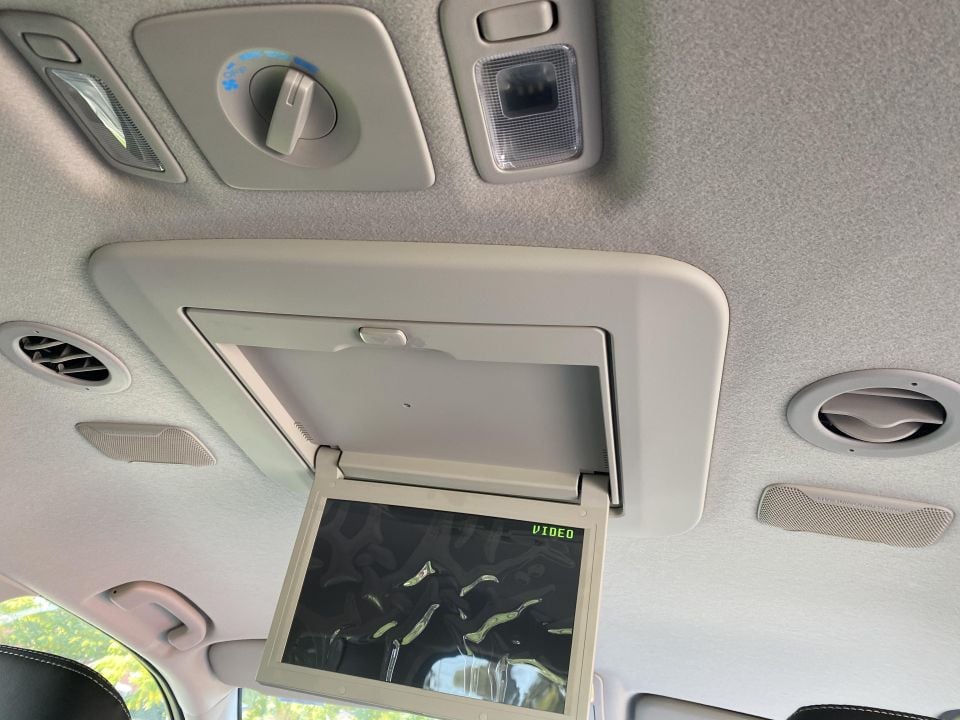
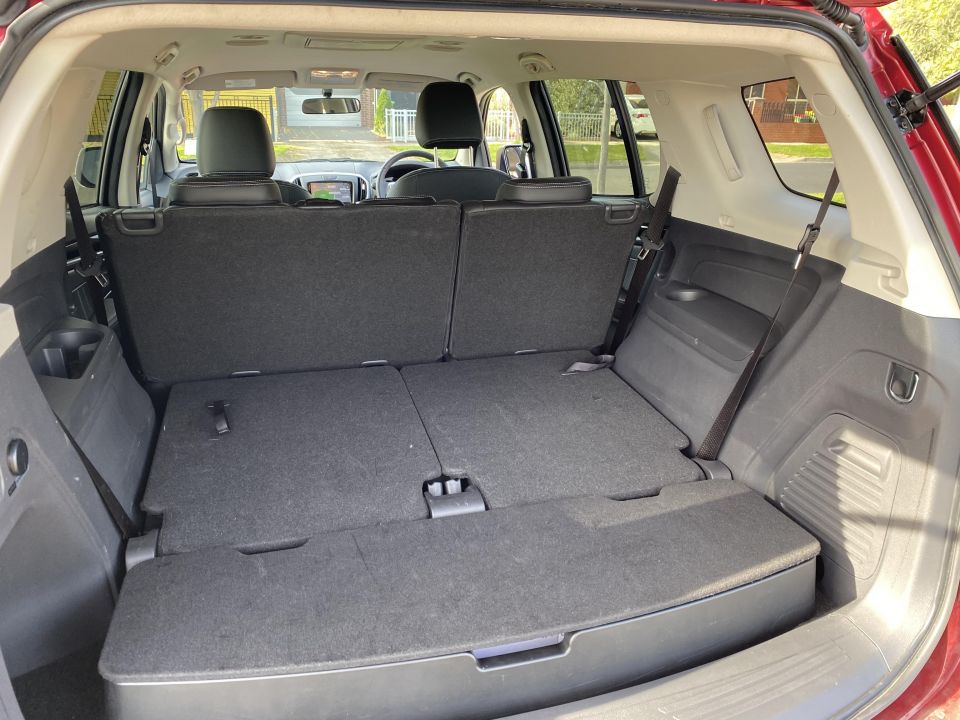
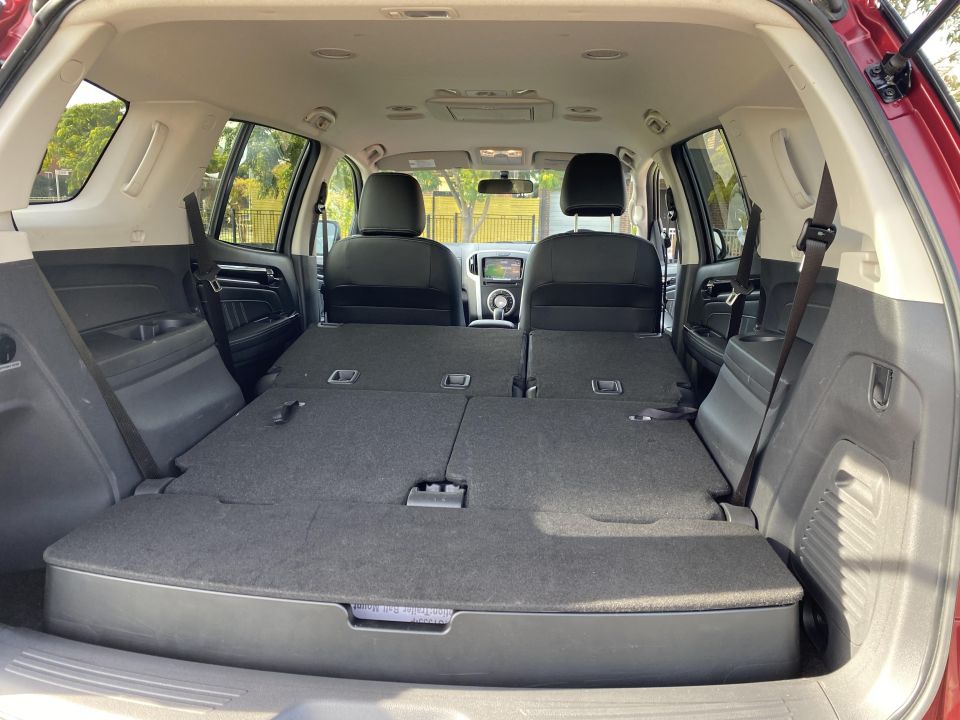
Access to the third row is super simple, with a single lever on the kerbside seat-back tilting and tumbling the 60 per cent portion of the bench. The third-row seats are obviously best for kids again, but the fact they’re bearable for adults puts this MU-X ahead of some rivals. They also have their own roof vents, and there’s a curtain airbag deployment point in the C-pillar.
This third row folds flat, and there’s a small lidded cargo box behind them so the loading floor is flat, albeit raised, when in five-seater mode. The middle-row seats fold down and free up a 1.9m-long floor. We wouldn’t mind an electric tailgate on the next one…
One thing to note is its payload (which is the gross vehicle mass minus the kerb weight unladen) is 593kg, so if you’re carrying five burly blokes and a heap of gear, you might need to source a GVM upgrade through the aftermarket.
The likes of ARB, Ironman and Pedders have countless MU-X components out there, since these are popular among grey nomads and 4×4 enthusiasts alike.
| Isuzu MU-X | Toyota Prado | |
|---|---|---|
| Length | 4825mm | 4995mm |
| Width | 1860mm | 1885mm |
| Height | 1860mm | 1890mm |
| Wheelbase | 2845mm | 2790mm |
| Kerb weight | 2157kg | 2325kg |
Many people buy the Isuzu MU-X for its engine: a 3.0-litre turbo-diesel four-cylinder fitted wth a diesel particulate filter. A quick look at the series code (4JJ1-TC) shows it’s borrowed from Isuzu’s N-Series truck line, which explains the reputation for long-time reliability.
Outputs are nothing special for the class. IUA claims 130kW of power at 3600rpm and 430Nm of torque at 2000-2200rpm. For context a Prado’s 2.8-litre diesel makes 130kW/450Nm and an Everest’s 3.2-litre makes 143kW/470Nm, though this pair are respectively 168kg and 251kg heavier than the Isuzu.
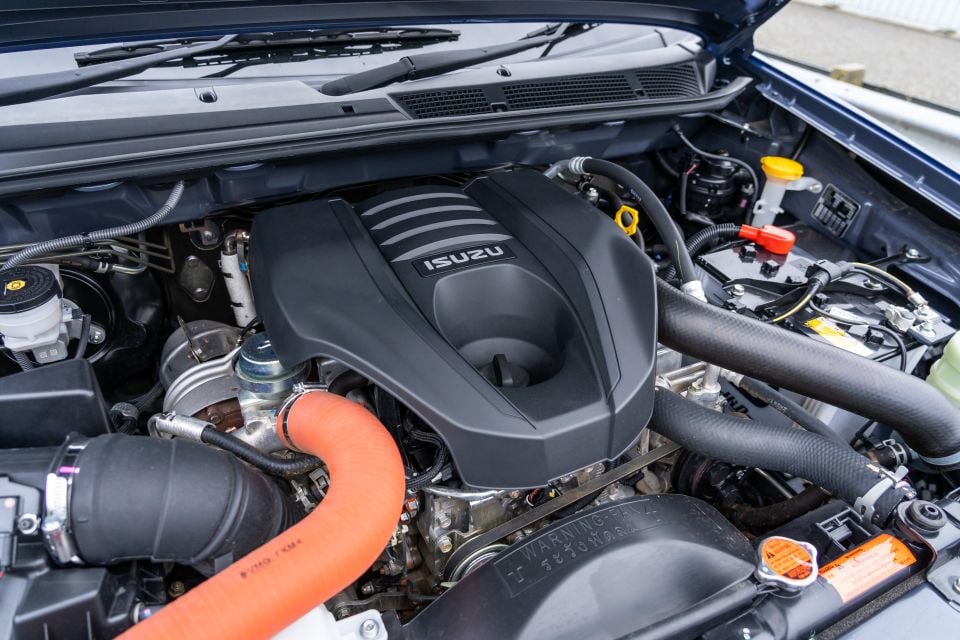
It’s mated to a six-speed automatic transmission with sequential manual mode, sourced from Japan’s Aisin. The driveline defaults to rear-wheel drive (RWD) but has high- and low-range part-time 4×4 for when the going gets rougher.
A RWD-only model is available for less money for those who rarely seek the path less travelled, but we’d imagine most buyers would want 4×4 ability as part of the package.
Isuzu claims combined-cycle fuel consumption of 7.9 litres per 100km, whereas my combined route returned 9.1L/100km. The fuel tank is pretty small at 65L, meaning your driving range may limited to around 700km, and if you’re towing a van or float that’ll be reduced further on account of the extra mass.
A Prado’s tank totals 150L, remember. Even an Everest’s is 80L.
It’s rated to tow a 3.0-tonne load like its main rivals, compared to the 3.5t-capable D-Max with its lighter kerb weight that enables a greater tow rating. The MU-X can also tow this 3t at its maximum payload.
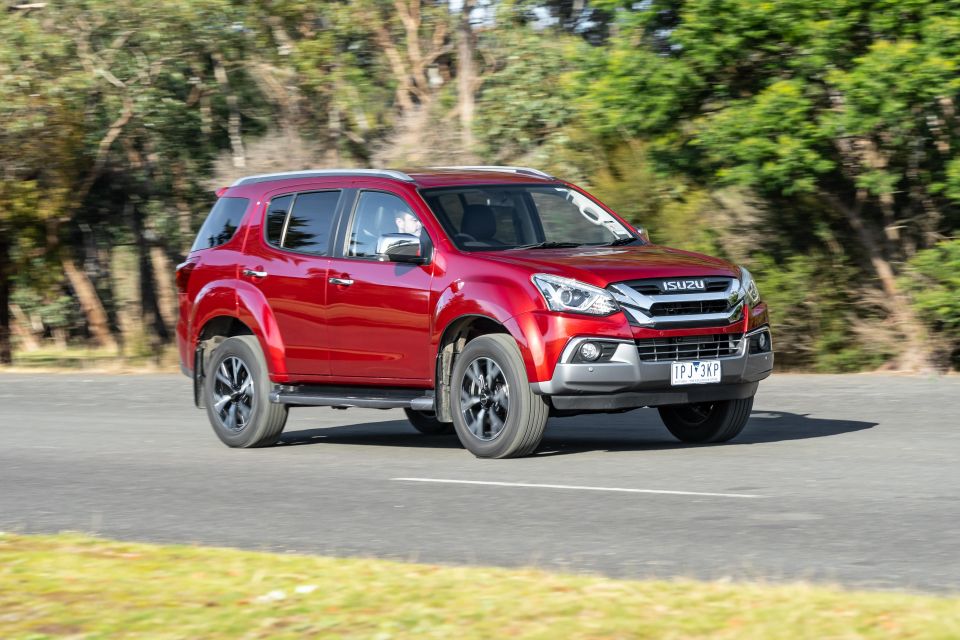
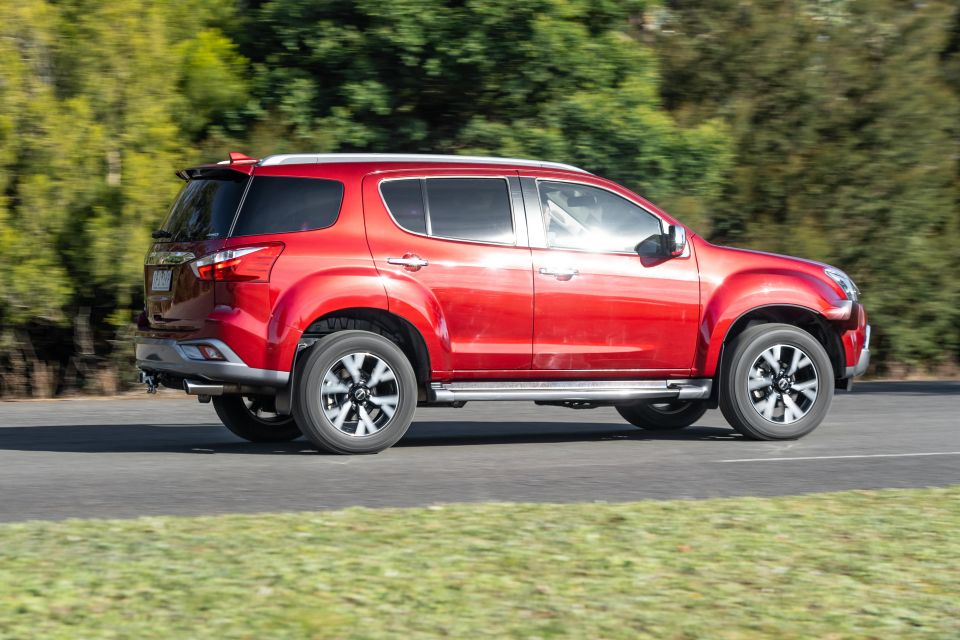
It’s not a particularly refined diesel, with notable clatter from inside, and a distinct bonnet vibration. There’s no stop-start system, meaning idling moments are always pretty loud. But that’s what you’d expect of a ute-based wagon, right?
It just chugs along, never feeling punchy but always feeling relaxed as it goes about business. If you’re just cruising on highways you can expect fuel use to be as low as 7.0L/100km, since at 110km/h unladen the engine ticks over at about 1600rpm. Who needs an eight-speed auto with a such a tall sixth?
The DPF did an automatic burn-off of particulates while I was driving, and I didn’t even notice. The digital readout said it was full one minute, and then it was suddenly low again. The unit is mounted in the hottest bit of the engine, so it seems to scorch those nasties quickly.
I barely noticed the transmission, which means it worked as intended.
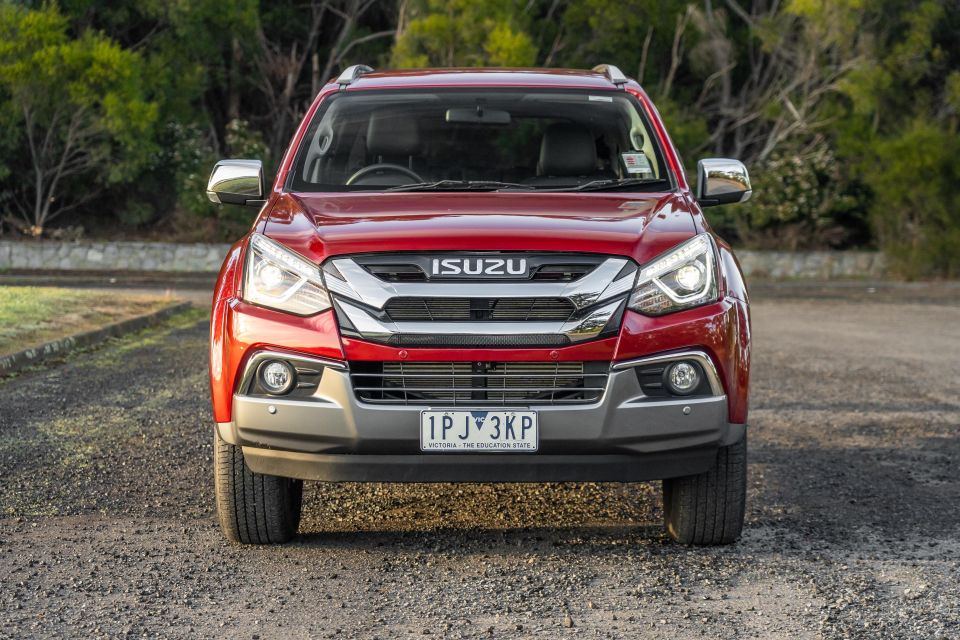
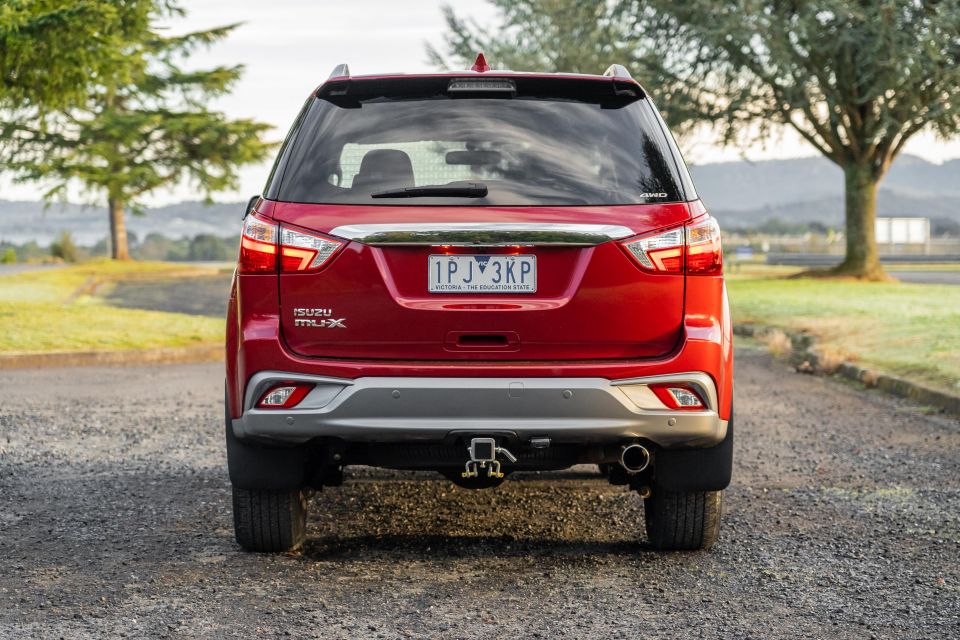
In terms of how it handles: it goes just like you’d expect a body-on-frame 4×4 with heavy duty coil springs, gas-filled shocks and stabiliser bars at both ends to, really.
There’s still plenty of tyre sidewall to cushion you from bumps and corrugations, it feels stable and solid on the straight-ahead, and wallowing or rolling against cornering loads is quite well controlled, when you consider some articulation is required for 4×4 purposes.
The hydraulically-assisted power steering is quite weighty, but not ridiculously so, and you do feel road imperfections through your hands.
Overall it’s a little more cumbersome to steer than a Pajero Sport and not quite as plush as an Everest, with its Australian-developed suspension.
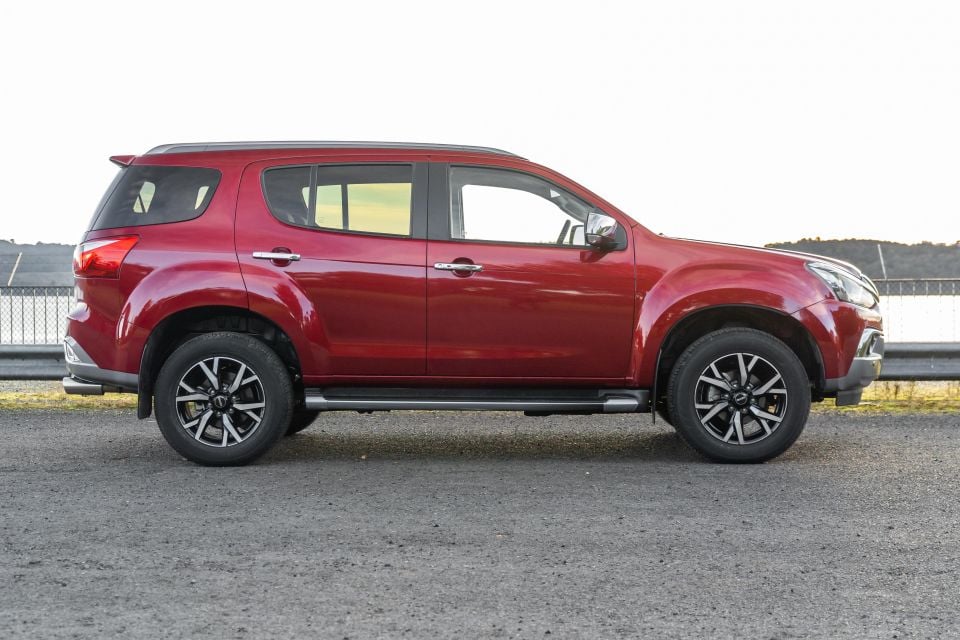
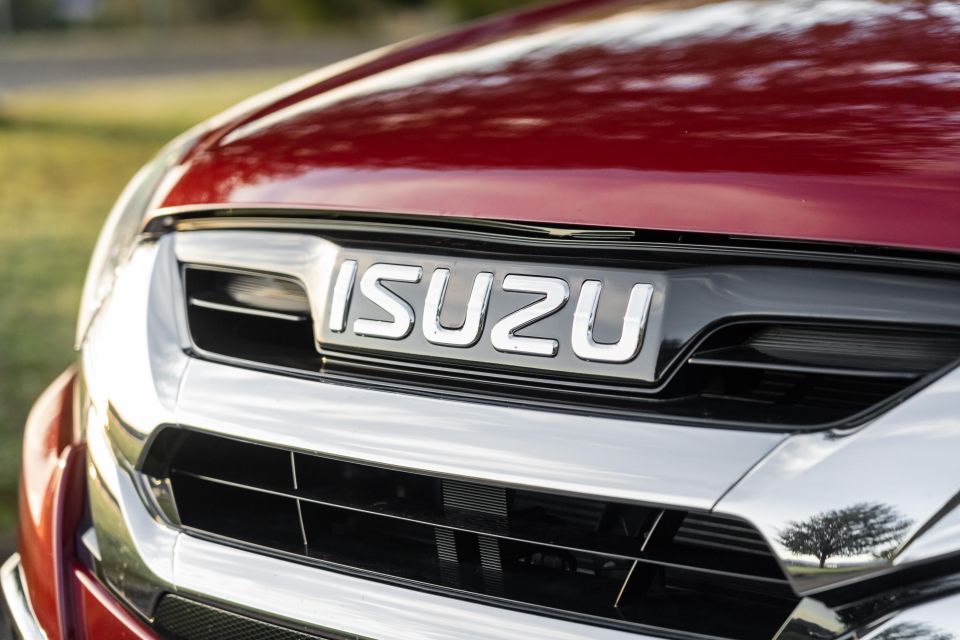
If you like your 4x4s to feel a little old school, then this Isuzu is the pick. But it’s not so unrefined or rough that you won’t want to use it for a school or shop run either.
Its 4×4 system is part-time, meaning you should stay in 2H on tarmac and only activate 4H on the fly if you’re on gravel or off-road. A road-ready open-centre-diff 4WD function like Mitsubishi’s Super-Select system offers would be a handy addition, in theory.
The MU-X comes standard with a skid plate, and steel plate guards for the sump and transfer case, but if you want a locking rear diff to stop free-wheeling over uneven terrain you’ll once again need to hit up the aftermarket.
We’ve engaged our 4×4 Editor Simon Christie to do an off-road-focused MU-X review, so we will leave the more technical stuff to him.
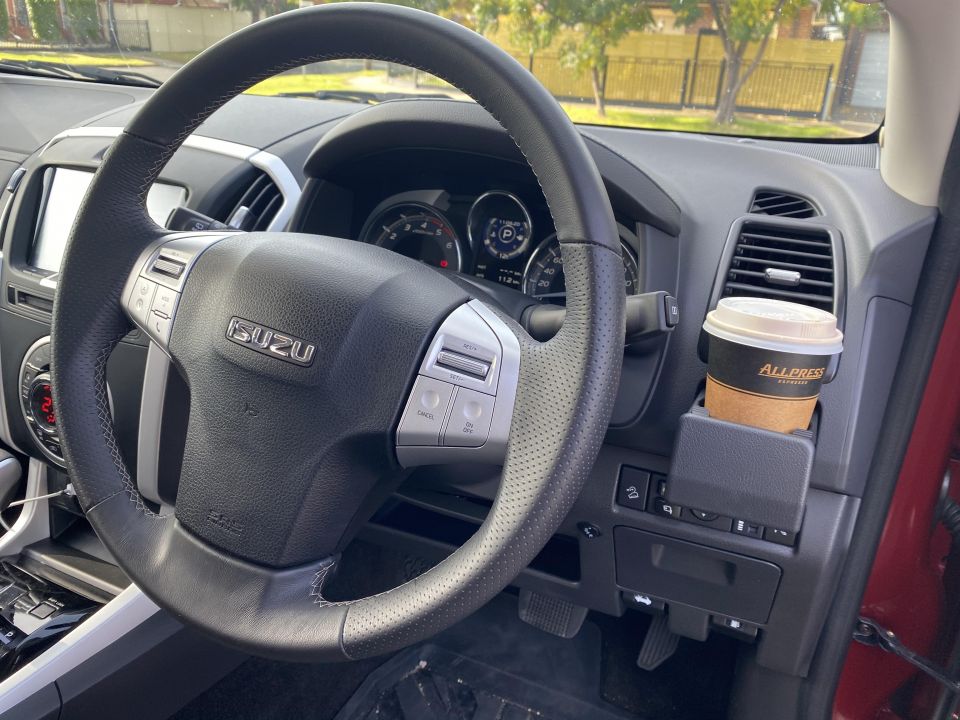
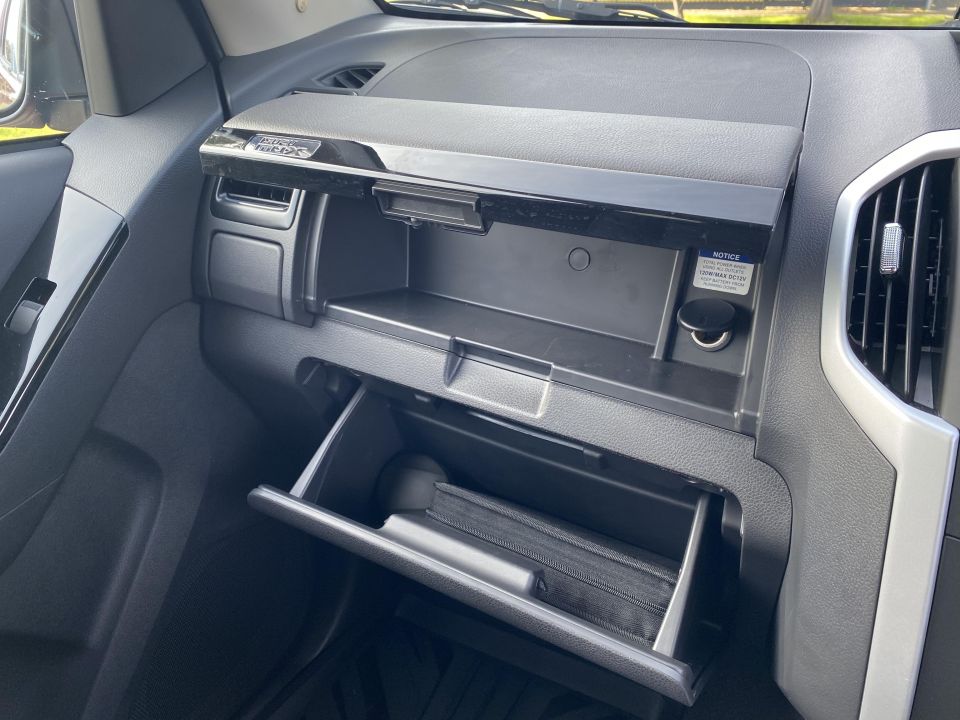
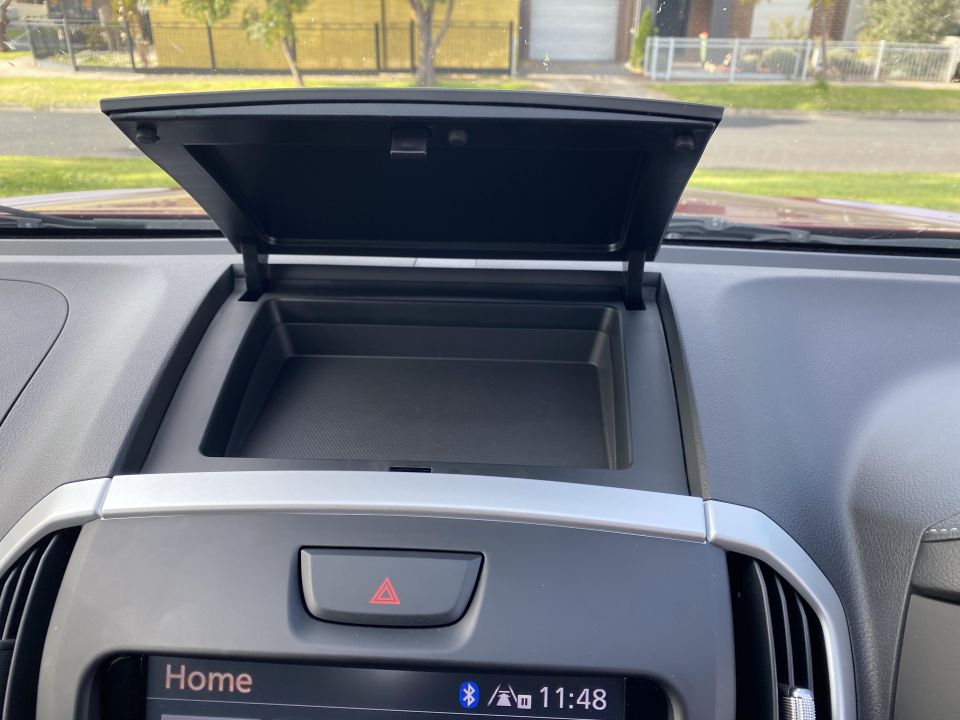
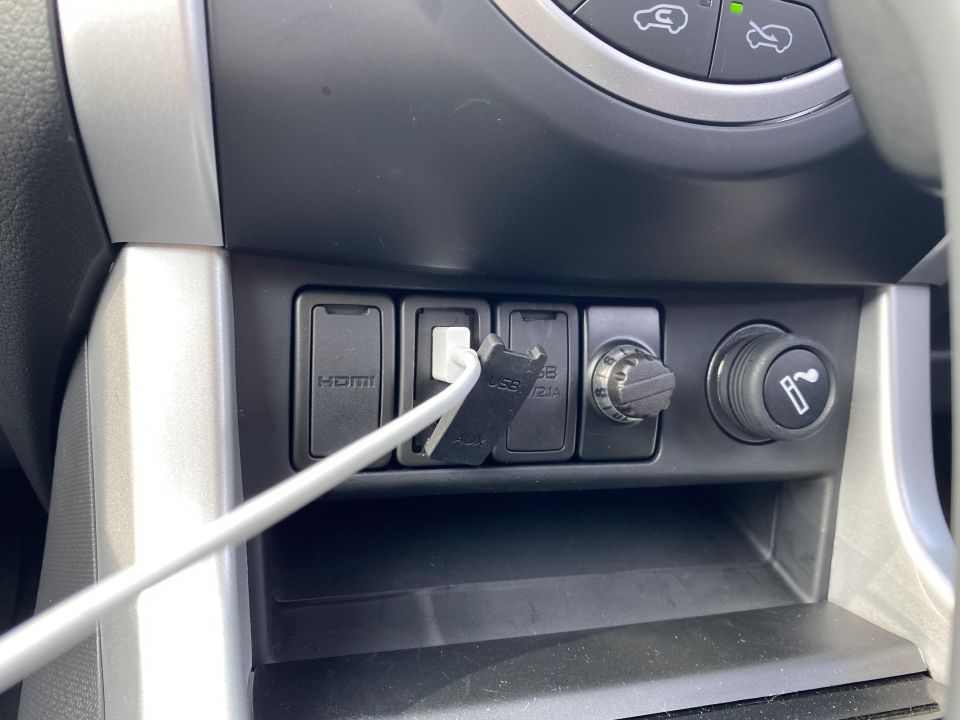
Isuzu Ute Australia offers a standard six-year warranty with a 150,000km limit, and six years of complimentary roadside assist.
Servicing intervals are every 15,000km or annual – whichever comes first – and the first seven visits are presently capped at $369, $479, $529, $499, $379, $1179 (at the six-year/90,000km mark) and $409.
For context, the first four services for a Toyota Prado are $260 each, but the intervals are a short six months/10,000km. So the MU-X isn’t that bad to maintain, actually.
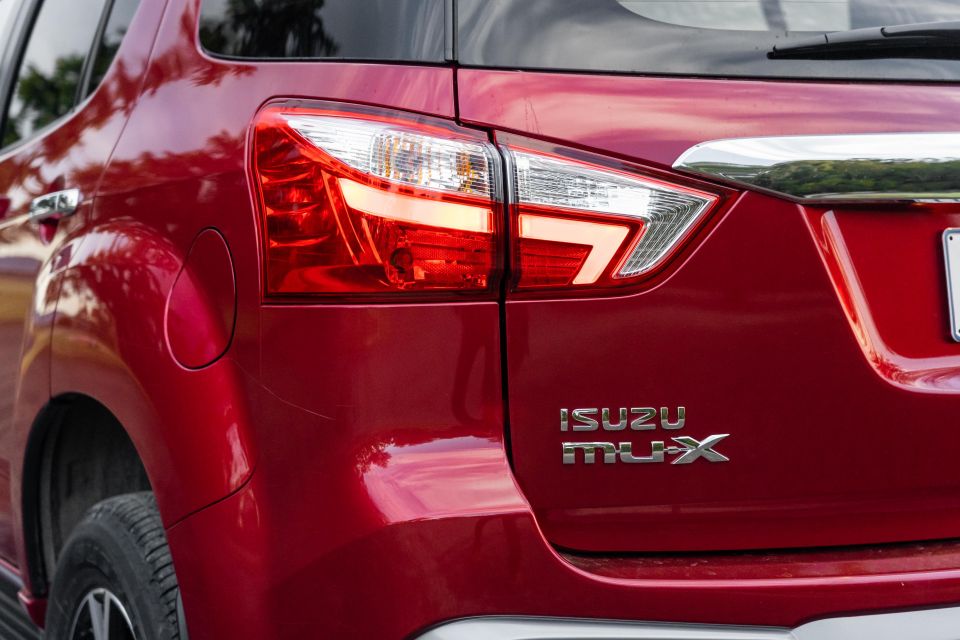
Where expert car reviews meet expert car buying – CarExpert gives you trusted advice, personalised service and real savings on your next new car.
The Isuzu MU-X is a bit of a throwback. If you want the latest tech, then look elsewhere. But as a cut-priced Prado it continues to make a lot of sense.
It’s more than just a rugged engine. Its cabin is genuinely practical and helpfully comes pre-aged (a hint of sarcasm there), it’s competitively priced, and it’ll serve you unpretentiously for years if the hundreds of reader reviews and forum chats tell us anything.
Given the new one can’t be that far off, now’s probably a good time to go kick the tyres and chase a deal as well.
Where expert car reviews meet expert car buying – CarExpert gives you trusted advice, personalised service and real savings on your next new car.


CarExpert.com.au
18 Hours Ago


Damion Smy
3 Days Ago


Derek Fung
3 Days Ago


Ben Zachariah
6 Days Ago
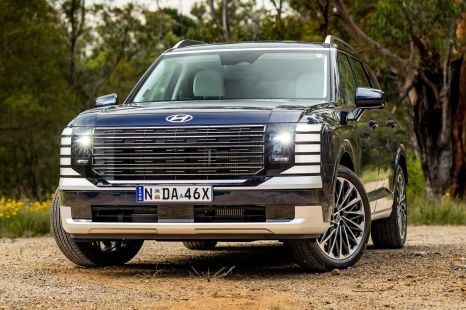

Matt Campbell
9 Days Ago
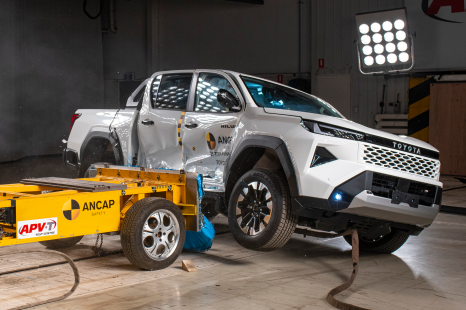

William Stopford
15 Days Ago